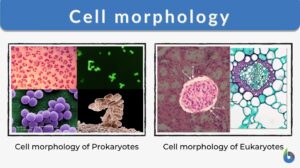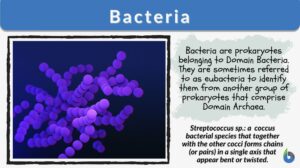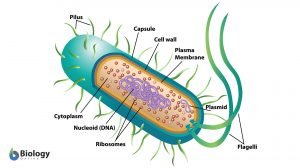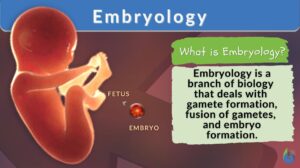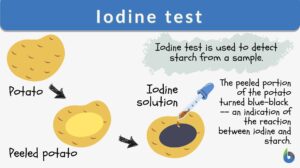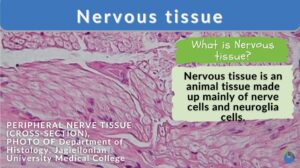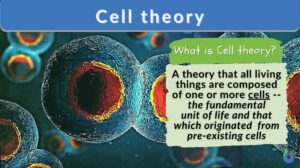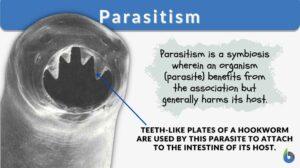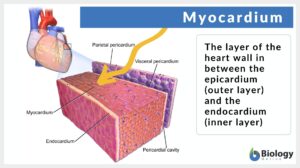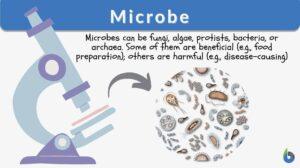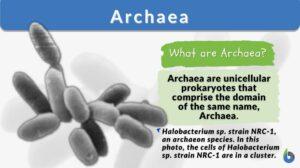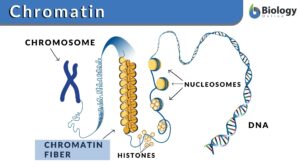Search Results for: spiral_ct
Cell morphology
The basic essence for any living organism is its structural framework which includes appearance, form, and the... Read More
Eubacteria
Eubacteria are prokaryotic microorganisms consisting of a single cell lacking a nucleus and containing DNA is a single... Read More
Embryology
Embryology Definition Embryology is a branch of biology that deals with the topics concerning gamete formation... Read More
Spiral Thickening
The depositing of lignin in See xylem tissue that forms a spiral pattern down the surface of the... Read More
Protoxylem
Definition noun The first xylem to develop from the procambium, and characterized by narrow tracheary elements with annular,... Read More
Using Antibodies : A Laboratory Manual : Portable Protocol NO. I
Using Antibodies : A Laboratory Manual : Portable Protocol NO. I ... Read More
Chondrichthyes
Definition noun A taxonomic class comprised of cartilaginous fish Supplement Chondrichthyes is taxonomic superclass of... Read More
Iodine test
Iodine Test Definition The iodine test is a chemical reaction-based identification test for starch. In this test, iodine... Read More
Nervous tissue
Nervous Tissue Definition Nerve cells (or neurons) and their associated cells, such as neuroglia cells, make up nervous... Read More
Cryptomonad
Definition noun, plural: cryptomonads Any of the species belonging to Phylum Cryptophyta, and characterized by being aquatic... Read More
Xylem vessel
Definition noun, plural: xylem vessels (botany) One of the tracheary elements of xylem that is characterized by being made... Read More
Cell theory
What Is Cell Theory? Biological cell theory explains the idea of organismal constitution, structure, and function. It... Read More
Parasitism
Organisms depend on different sources of food to survive. Larger organisms like plants make their own food (autotrophs) and... Read More
Smooth endoplasmic reticulum
Smooth Endoplasmic Reticulum Definition Smooth endoplasmic reticulum (sER) is part of or a region in the endoplasmic... Read More
Cochlear duct
The cochlear duct is the spiral tube in the bony canal of the cochlea. It is located on the outer wall of cochlea, between... Read More
Myocardium
Myocardium Definition What is the myocardium of the heart? It is the muscular middle layer of the heart that is... Read More
Revolution
revolution 1. The act of revolving, or turning round on an axis or a center; the motion of a body round a fixed point or... Read More
Spirochetes
spirochete A microscopic bacterial organism, a spirochete apperars worm-like, spiral-shaped, and wiggles vigorously when... Read More
Seed Plants
There are two main subdivisions of seed plants—the ones without covered seeds, the gymnosperms, and the ones with covered... Read More
